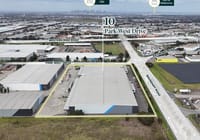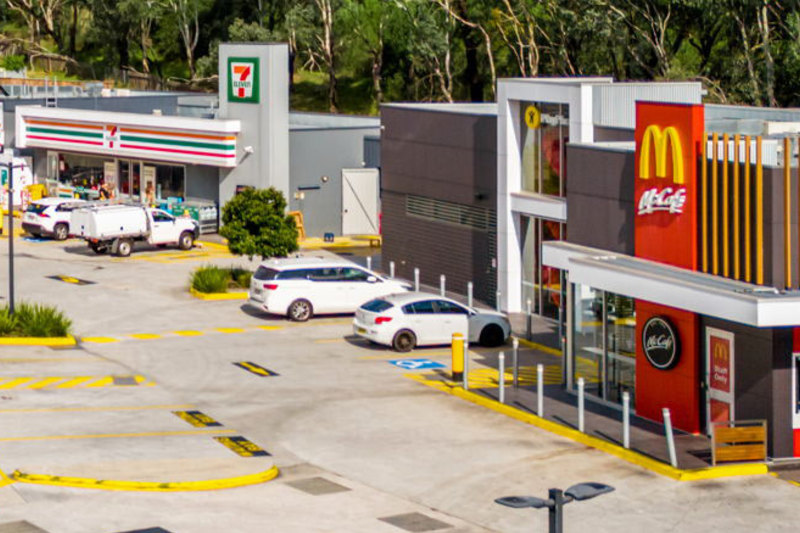
The changing role of the physical retail space in 2022
Fancy new hiking gear? Why not see how they fit while walking on a hiking test trail? Or perhaps you’d like to try your hand at fly fishing on a paddle lake?
These are some of the adventurous experiences that sporting and outdoor retailer Anaconda has in the pipeline at its proposed adventure park in Brendale, Queensland.
Welcome to the reincarnation of retail, where shopping in-store is about “doing stuff” rather than just “buying stuff”.
In Nike’s flagship store in New York, shoppers can trial run shoes on either a downsized basketball court, soccer field or dedicated treadmills.
Canada Goose has opened multiple “cold rooms” across the globe, where customers can test out their parkas by stepping into a below-freezing room.
And back home in Australia, beauty giant MECCA has promised its new flagship in Melbourne will offer “never-seen-before experiences” alongside edutainment, masterclasses, pop-ups and product launches.
Experiential retail has been around for a few years, but it’s never been more critical. The pandemic exponentially accelerated the shift into online shopping, prompting retailers to rethink the in-store experience.
“Consumer shopping behaviour has changed since the start of the pandemic,” said Stuart Taylor, senior director of retail investments at JLL. “The shift towards offering more experiential retail is likely to be a key tactic to increase customer engagement.”
Brands are getting creative, finding ways to use their retail space to provide unique experiences that can’t be replicated online.
Mr Taylor said the rise of e-commerce could have a big impact on some retailers if they didn’t evolve.
“Equally, it’s creating new opportunities,” he said. “On the fashion side, integrating online and physical experiences continues to be critical. In my view, there is still a preference to visiting stores to trial new products.”
While younger consumers are undoubtedly confident and comfortable browsing the internet, they still want to go shopping away from a screen.
According to consulting firm Kearney, up to 81 per cent of Gen Z consumers like to purchase in-store, and most of them also prefer visiting stores to trial and discover new products.
Malls are also jumping on the bandwagon, revitalising their facilities to appeal to a broader audience.
Karrinyup shopping centre in Perth features a piazza and a main street with leisure, lifestyle and entertainment offerings as well as traditional retail stores.
“COVID has shown that physical connection remains important and that people still want to socialise,” said Marco Ettorre, AMP Capital’s head of retail and investment. “Centres are also prioritising experiential elements, so the centre is not just a place to buy stuff but to actually do stuff.”
AMP Capital is funding a new automotive precinct at its Indooroopilly Shopping Centre, including showrooms for eight car manufacturers. In an Australian-first for automotive retail, consumers will be able to “buy a new car or service their existing vehicle without leaving the shopping centre”, Mr Ettorre said.
Shopping malls are diversifying their offerings to create a “one-stop experience” in their efforts to attract new customers and keep existing customers in the store for longer.
“Everything under one roof is key to delivering the best experience,” Mr Ettorre said. “Consumers want typical retail shops, entertainment, dining, food and beverage but there has been growth in service offerings to include everything from gyms to nail bars and beauty salons, from libraries to medical centres and wellness precincts.
Shoppers also expect technology to be used to enhance their experience, Mr Ettorre said, pointing to improved centre mapping or targeted in-centre promotions and discounts.
Consumers also want technology and innovation to enhance their experience, which could be improved centre mapping on their phones or targeted in-centre promotions and discounts.
Anthony Khoury, the managing director of Khoury & Partners, said the bricks-and-mortar retail landscape had fundamentally changed since the pandemic. “It’s still alive and a lot of people want to get involved but people know it’s a challenge,” Mr Khoury said.
This meant landlords and investors, particularly those in city centres where foot traffic is yet to fully recover, were seeking retailers with good reputations.
“We target experienced operators; people who have been there, done that,” Mr Khoury said.










